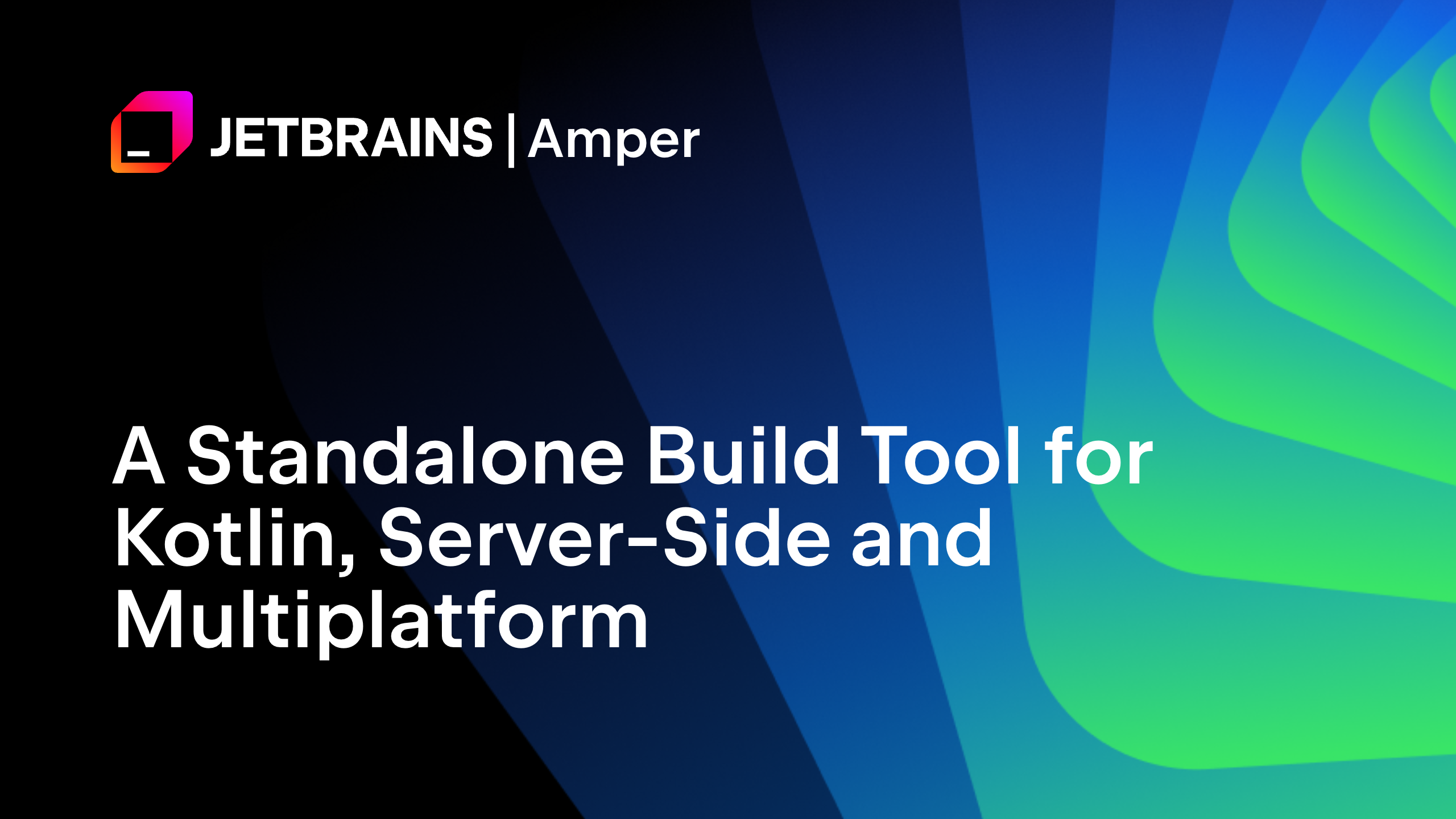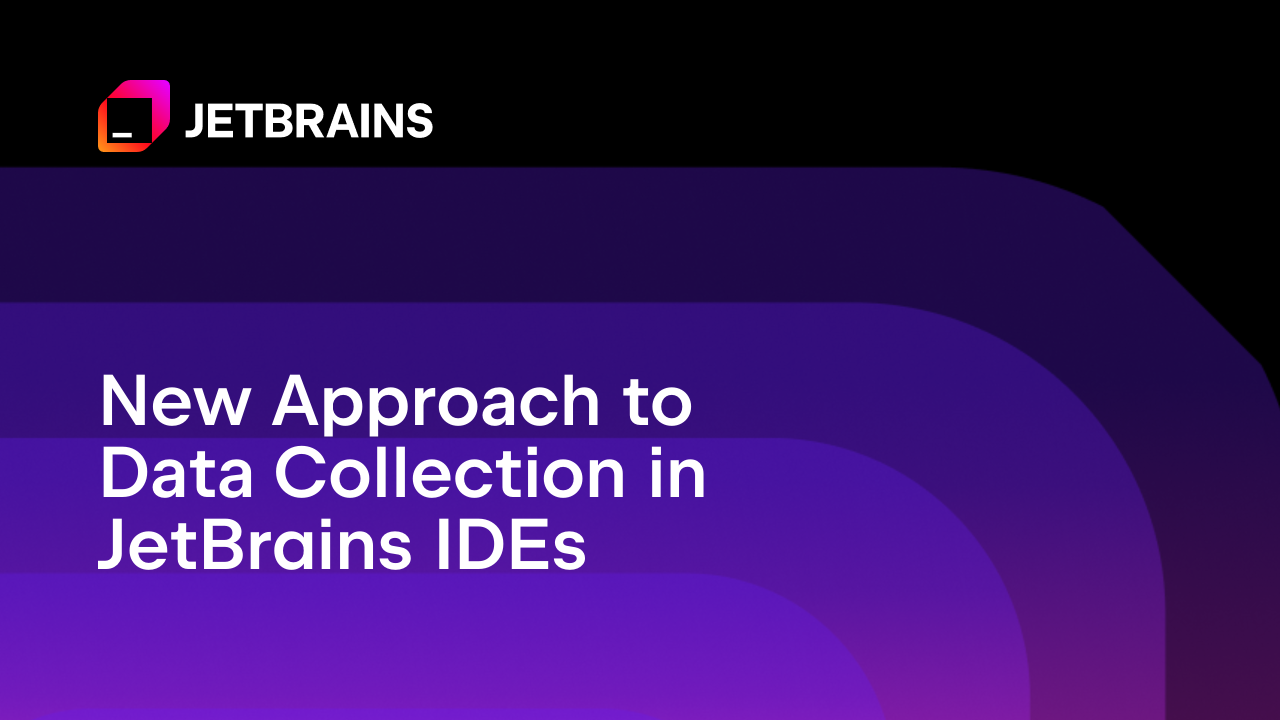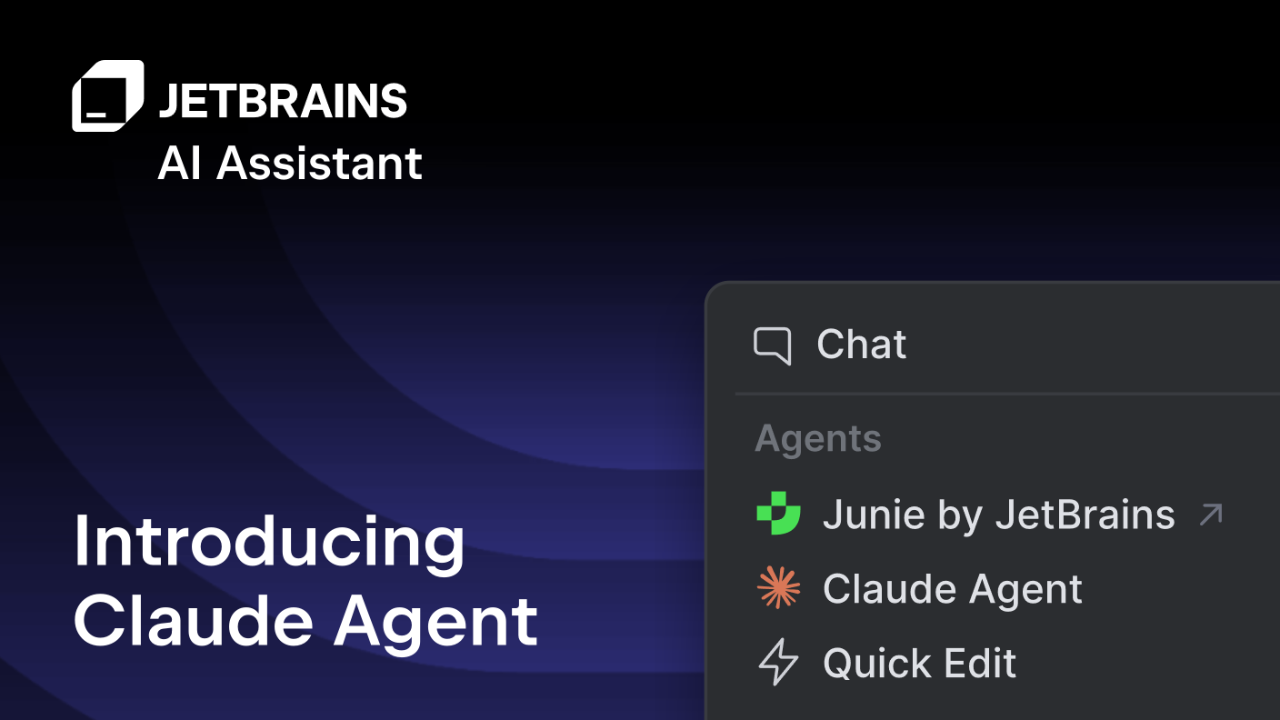文章
JetBrains 的 Amper 0.8.0 更新对其构建系统进行了重大改进,重点关注开发人员体验和多平台支持。主要功能包括备受期待的 Compose 热重载,它可以在 JVM 桌面目标平台上无需重启应用程序即可立即进行代码更改。同时,它还提供了自定义 Kotlin 编译器版本(2.0.0 及更高版本)的灵活性。此更新通过简化 `src` 目录的使用,简化了 JVM 和安卓应用程序的单平台体验,并为仅 JVM 的库引入了专用的 `jvm/lib`。此外,Amper 现在支持 JavaScript 和 WebAssembly (WasmJs, WasmWasi) 目标平台,扩展了其多平台功能,尽管这些目标平台的执行工具仍然很基础。依赖管理方面,通过完整的 Maven-local 仓库解析得到了改进,允许依赖本地构建的制品。IDE 和 CLI 的可用性得到了提升,这体现在多个方面:用于添加依赖项(包括第三方 Maven)的快速修复、Spring Boot 启动器内嵌提示、更新的“新建目录”弹出窗口、新的 `show dependencies` 命令,以及用于 `amper run` 的自定义工作目录选项。值得注意的是,JetBrains 确认弃用基于 Gradle 的 Amper,强调未来专注于独立的 Amper,并承诺在即将发布的版本中提供可扩展性原型和官方 Maven 发布库支持。默认工具链和框架版本也已更新,反映了最新的稳定版本。此版本加强了 Amper 对为 Kotlin 开发者提供精简、高效的构建体验的承诺。
这篇来自 JetBrains 的文章提出了人工智能开发中的一个关键挑战:公共数据集难以满足复杂、真实的专业编码环境需求。文章强调,虽然人工智能已经取得了显著进展,但其输出质量在处理复杂的任务时会下降,导致错误和幻觉。为了克服这个问题,JetBrains 建议收集用户在使用集成开发环境 (IDE) 时的代码相关数据,包括编辑历史、终端使用情况、代码片段和 AI 交互等。该公司声称,这种真实世界的数据对于检测不安全代码、高效处理低智能任务以及改进代码补全等功能至关重要,从而确保人工智能真正理解专业工作流程。JetBrains 强调对用户隐私的坚定承诺,详细说明数据共享是自愿的,符合欧盟数据保护法,受到保护,并且仅限于授权人员用于产品改进,而不会与第三方共享。JetBrains 还开源了专门为代码补全构建的大语言模型 (LLM) Mellum,以回馈开发者社区。针对公司(管理员控制,提供免费许可证)、非商业个人用户(默认选择加入,易于选择退出)和其他个人许可证(通过设置选择加入)概述了不同的选择加入/选择退出机制。这些变更将在 2025.2.4 集成开发环境 (IDE) 更新中正式推出,期待您的参与,共同打造更智能、更安全、更实用的 AI 工具。
本文宣布 Claude Agent 无缝集成到 JetBrains IDEs 中,可通过 AI 聊天访问,并包含在 JetBrains AI 订阅中。 此次集成利用 Anthropic 的 Agent SDK 和 Claude 4.5 Sonnet,是 JetBrains 首个第三方代理集成,旨在扩展其多代理生态系统。Claude Agent 提供原生 IDE 集成、便捷安装和统一工作流程,能够帮助开发者分析项目、规划多步任务并在 IDE 环境中执行代码。 主要功能包括跨多文件操作、差异预览、基于审批的操作、用于策略预览的“计划模式”以及增强的上下文管理。 此次集成旨在为开发者提供顶尖的 AI 工具和选择。
本文旨在解决集成多个 AI 智能体时面临的常见挑战,这些智能体通常使用不同的 API 和通信格式。文章提出了两个互补的解决方案:Agent2Agent (A2A) 协议 (Agent2Agent (A2A) Protocol) 和 Koog 框架。A2A 协议作为一个通用通信层,使智能体能够发现彼此,通过标准化格式交换消息,并使用成熟的 Web 标准(如 OAuth2)安全地管理任务生命周期,从而无需定制的点对点集成。Koog 是一个基于 Kotlin 的框架,专注于单个 AI 智能体的内部编排,为复杂工作流管理、工具集成、内存支持 (RAG,检索增强生成)、容错能力和跨 JVM、Android 和 WebAssembly 等多种平台的可观测性提供强大的功能。结合使用时,Koog 负责处理智能体的复杂内部逻辑,而 A2A 促进不同的 Koog 智能体和其他 A2A 兼容智能体之间的无缝、可扩展通信,从而显著简化复杂互联 AI 生态系统的开发。文章还提供了实用的 Kotlin 代码示例,展示如何将 Koog 智能体与 A2A 协议集成。



